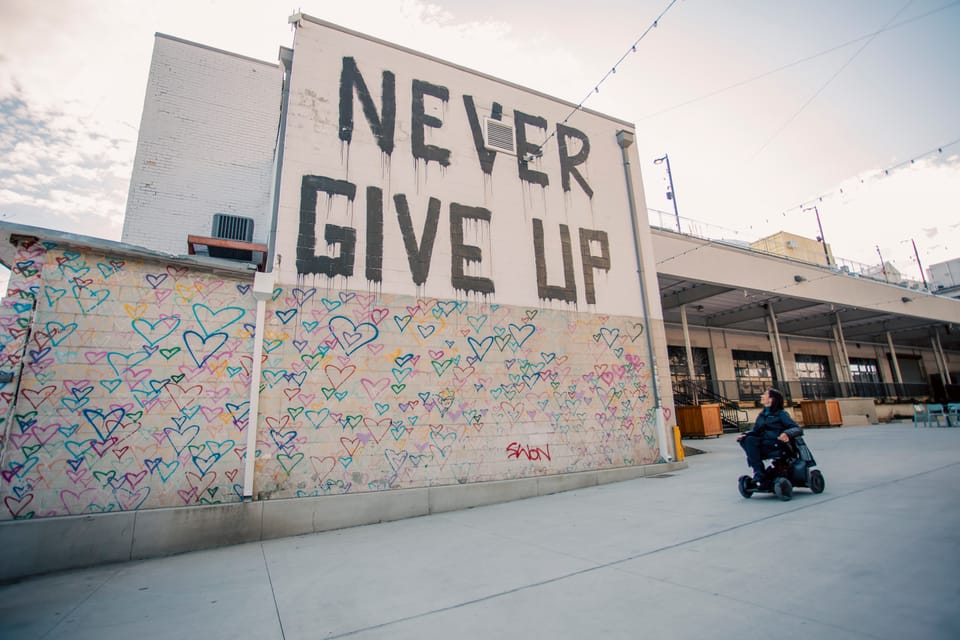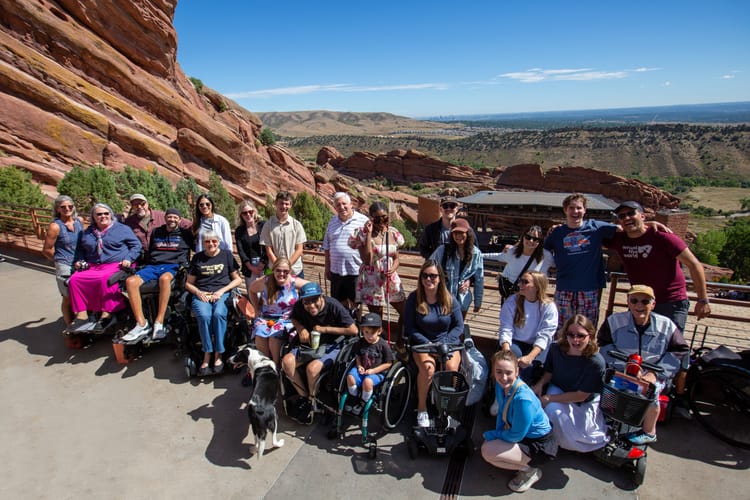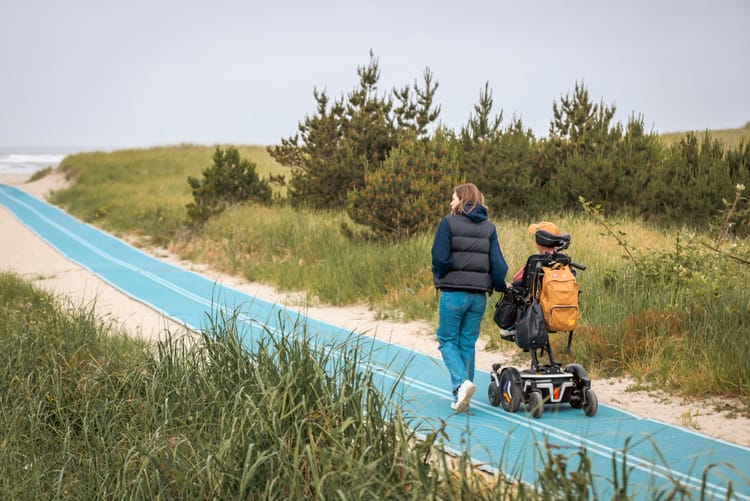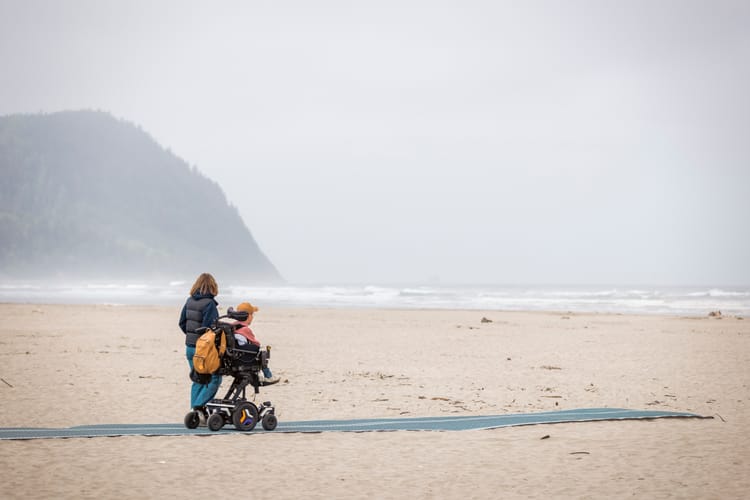Disability Rights Movement: How Washington DC Shaped American History

What's Ahead?
Washington DC is more than a city of monuments and museums. For millions of Americans with disabilities, it’s the place where voices are heard, wheels roll, and laws change. It’s where the fight for accessibility transformed from scattered frustrations into a powerful, organized movement—one that shaped federal policy, sparked protests, and redefined equality.
From hospital corridors to the Capitol steps, here’s how the story of disability rights in America runs straight through Washington DC.
Laying the Foundation: The Early History of Disability Inclusion in DC
Long before the Americans with Disabilities Act became law, Washington DC was already home to pivotal moments in disability history.
In 1852, Congress approved the creation of St. Elizabeths Hospital, with funding championed by mental health reformer Dorothea Dix. While progressive for its time, the hospital still reflected societal inequities—using segregated facilities for Black patients—but it marked an early recognition of the need for institutional care.
Then came the Civil War, which brought new challenges—and opportunities. In 1863, the War Department created the Invalid Corps, allowing injured soldiers to continue serving in non-combat roles. By the end of the war, 60,000 disabled veterans had served, including those who helped defend the city during the Confederate assault of 1864.
And in 1864, a milestone in deaf education was signed into law. President Abraham Lincoln authorized what would become Gallaudet University—the first university in the world specifically designed for deaf students. Its founding represented not just education, but empowerment.
These events laid the groundwork for what would become a long and determined push for civil rights—rooted in DC, but echoing across the nation.
Protests That Moved the Nation
Progress didn’t come quietly.
In 1977, disability activists across the country staged sit-ins to demand the enforcement of Section 504 of the Rehabilitation Act. The regulation, which prohibited disability discrimination in federally funded programs, had been signed into law in 1973—but never fully enforced.
Protesters in San Francisco occupied a federal building for 26 days. In Washington DC, activists like Judy Heumann led demonstrations at the White House and Health, Education, and Welfare offices. Their persistence paid off. On April 28, 1977, Secretary Joseph Califano signed the regulations—after four years of inaction.
A decade later, DC became the center of another pivotal moment.
In 1988, students at Gallaudet University shut down the campus in protest after the board of trustees appointed a hearing president. Their demand? A deaf president who could represent the school’s community. The Deaf President Now movement grabbed national headlines. After one week of protests, the board agreed to all four student demands. I. King Jordan became the university’s first deaf president, and a new era began.
Then came March 12, 1990.
Over 1,000 disability rights activists marched from the White House to the Capitol. When they arrived, about 60 people left their mobility devices at the bottom of the steps—and crawled to the top. Among them was 8-year-old Jennifer Keelan, a young activist with cerebral palsy, who declared, “I’ll take all night if I have to!”
“I’ll take all night
if I have to!”
The image of her climbing the Capitol steps on her hands and knees—just to make a point—became a symbol of a movement that could no longer be ignored.
The message was clear: the barriers weren’t just physical. They were systemic.
From Protest to Policy: The ADA and Beyond
Just months after the Capitol Crawl, Congress passed the Americans with Disabilities Act (ADA). President George H.W. Bush signed it into law on July 26, 1990. The ADA made it illegal to discriminate against people with disabilities in employment, transportation, public accommodations, and more.
But the ADA was more than just legislation. It was a turning point, acknowledging what the protests had made impossible to ignore: accessibility is a civil right.
Years later, the Olmstead v. L.C. Supreme Court ruling in 1999 further expanded those rights, affirming that unnecessary institutionalization of people with disabilities constitutes discrimination. The law continues to evolve—and it started here.

Washington DC's Role Today
DC’s role in the history of disability rights isn’t just symbolic—it’s active. The city that once separated patients and overlooked access became the epicenter of advocacy, legislation, and visibility.
Institutions like Gallaudet University, moments like the 504 sit-ins, and images from the Capitol Crawl serve as reminders that change is possible—when people speak up.
Sylvia, a wheelchair user who traveled to DC, put it simply:
“Out of DC comes all the legislation and laws regarding accessibility—so it’s important for the city to set the standard.”
It still does.
An Accessible City to Visit
Washington DC’s legacy in disability rights is more than symbolic. It’s also practical. Today, it remains one of the most accessible cities to visit in the United States, with Destination DC providing helpful resources for travelers.
From the infrastructure with wide curb-cut sidewalks and accessible public transportation, all the way to the accessibility of major attractions. DC makes it easier for wheelchair users and people with disabilities to explore confidently.
Sylvia shared how easy it was to get around: “The Metro and buses are wheelchair accessible, the sidewalks are wide with curb cuts everywhere, and all the monuments and museums are accessible.”
All of the Smithsonian museums not only offer accessible entrances and exhibits—they’re also free to the public. Landmarks like the Capitol, the National Mall, and the U.S. Botanic Garden also provide accessible routes and facilities
Whether you’re visiting for the history, the culture, or the cuisine, Washington DC stands out for how much it offers and how accessible it makes that experience for all.
Final Thoughts
Washington DC’s history of disability rights proves that advocacy works. That collective voices—whether whispered in classrooms or shouted on Capitol steps—can lead to lasting change.
The fight isn’t over. But because of what happened in DC, millions of people across the U.S. can now live, travel, and participate in society better than ever before.
The story of disability rights is part of American history. And we're continuing to push progress every day.
What is Wheel the World?
At Wheel the World, we believe travel should be accessible for everyone—no exceptions. That’s why we provide detailed accessibility information for hotels, experiences, vacation packages, and transportation in over 250 destinations worldwide—so you can travel with confidence, not uncertainty.
Every trip you book with us also includes dedicated support while traveling. We’re here for you every step of the way—from planning to your final day of adventure.
Whether you’re dreaming of a relaxing escape or an epic journey, we’re here to help you find and book travel experiences that actually match your accessibility needs.
Accessible Travel Resources
🏨 Book Hotels and Find Experiences With All the Accessibility Details You Need
♿ Join Our Accessible Travel Community
🔥 The Expert Solution for Accessible Travel: 10 Reasons to Book with Wheel the World






Comments ()